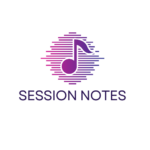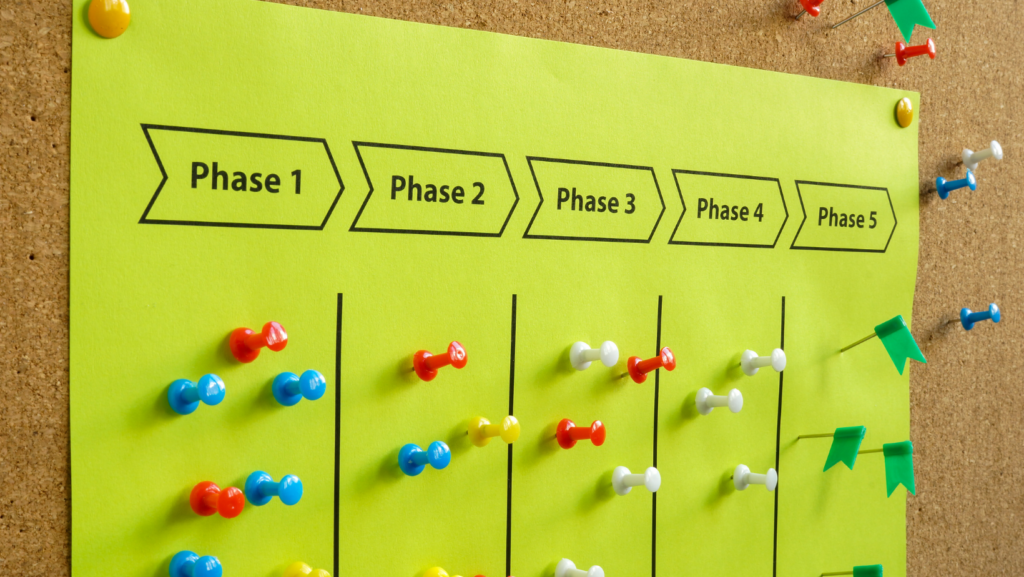Unleashing your creativity isn’t always a walk in the park. It’s a complex, multi-stage process that involves much more than simply having a great idea. Understanding these stages can unlock untapped potential and ignite the spark of innovation.
Whether you’re an artist, a writer, or a business innovator, the creative process is an essential tool in your arsenal. It’s a journey that starts with a tiny seed of an idea and ends with a full-fledged, tangible product or solution.
Stages of Creative Process
Embarking on the journey of creativity involves five distinct stages of creative process. Each stage signifies a critical phase that transforms a raw idea into a tangible output.
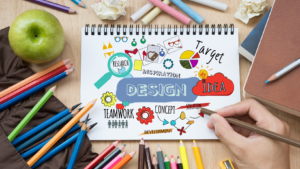 Stage 1: Preparation
Stage 1: Preparation
During the preparation stage, a foundation is laid for the creative process. The individual accumulates information and explores possible avenues for idea development.
Tasks like research, discussions, and brainstorming sessions, for instance, feed the individual’s curiosity, enrich their knowledge, and increase their readiness to foster new ideas.
Stage 2: Incubation
After preparation comes the incubation stage. People often step back, nurturing the ideas subconsciously while focusing on different tasks. The subconscious mind works in the background, sorting and connecting the gathered information. The incubation phase often involves a period of diversion, such as going on a walk, taking a nap, or engaging in an unrelated activity – it’s the creative process working undercover.
Stage 3: Illumination
The illumination stage marks the ‘eureka’ or ‘aha’ moment when the solution or idea spontaneously comes to the mind. This occurs unexpectedly, often when the individual’s mind isn’t consciously focusing on the problem. It’s like a lightbulb switches on, giving clarity and direction.
Stage 4: Evaluation
In the evaluation stage, the idea or solution is assessed critically. Throughout this phase, one scrutinizes the idea, looking for flaws or areas of improvement. The individual questions whether the idea is worth pursuing and if it’s a practical solution to the problem at hand. This constructive criticism refines the raw idea into a more robust and polished solution.
Stage 5: Implementation
The last stage, implementation, sees the creative idea taking shape as an actual product, service, art piece, or any other form of output. It involves turning the abstract idea into something concrete and real, understanding that an idea isn’t truly creative until it’s realized, executed, and shared with others. Practical execution is an integral part of the creative process, completing the cycle from conceptualization to creation.
Enhancing the Creative Process
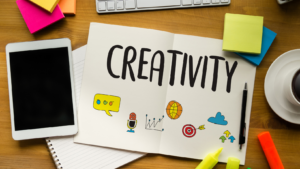
Merely understanding the stages of creative process isn’t sufficient for innovation; it is essential to hone these stages. This section offers strategies to augment creativity and develop tools to catalyze the creative process.
A plethora of techniques exist to enhance creativity. One such method includes divergent thinking—generating numerous solutions to a problem. For instance, engineers draw up multiple drafts before finalizing a design. Alternatively, convergent thinking—finding the best solution amongst others, epitomizes the Evaluation stage of the creative process.
Practicing mindfulness meditation aids in the Incubation stage by allowing the mind to quietly percolate ideas. For instance, Jobs introduced this technique at Apple to spark creativity. Another potential technique is adopting a growth mindset, founded on the belief that abilities can be developed and aren’t fixed. This approach helps overcome creative blocks, a challenge cited previously.
Tools for Facilitating the Creative Process
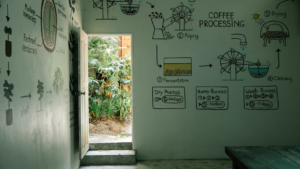
Alongside techniques, incorporating tools effectively contributes to smooth creative progression. Mind maps, for example, provide visual organization of complex ideas during the Preparation stage. Creational software, like Adobe Creative Suite, help transform ideas into tangible outputs during the Implementation stage, mirroring the creation of Macintosh.
Innovative tech, such as AI, becomes disruptive for the creative process, generating new avenues to explore. AI applications can draft designs, create content, and evaluate ideas, paralleling the stages of creative process. Company intranets serve as collaborative platforms, encouraging brainstorming and fostering a culture of innovation, similar to the origin story of the first Apple computer.
